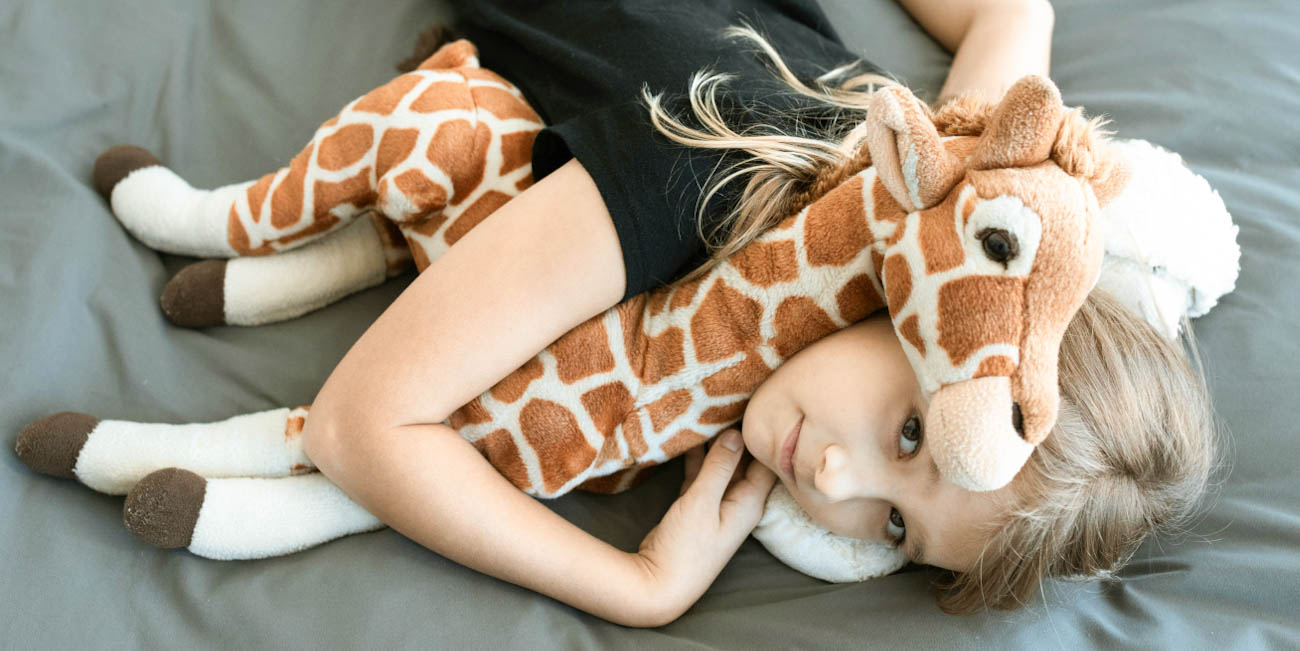
Few things are more comforting than cuddling up with a soft toy. They provide a tactile experience and a sense of security. Many young children take soft toys to unfamiliar places, like childcare. They can also be used in storytelling and dramatic play scenarios.
EYLF Learning Outcomes
Soft toys connect with the Early Years Learning Framework as they can help children:
- feel safe, secure and supported (1.1)
- become strong in their social, emotional and mental wellbeing (3.1)
- use their imagination and creativity (4.1)
- engage with fluffy, snuggly materials (4.4)
- and express ideas (5.3).
Learning experiences
Pretend with soft toys
Children can pretend that soft toys are:
- friends having a tea party
- animals living in a jungle
- pets attending a vet clinic
- or passengers on a bus journey.
Use furniture to set up the scene. Your home corner with doll’s beds can be a vet surgery. Line up chairs or cushions to form the seats on a bus.
Make soft toys from fabric
Educators can assist children to:
- choose their favourite animal or character
- cut the fabric into the desired shape
- sew or glue the edges, leaving an opening
- fill the toy with stuffing
- and sew or glue up the opening.
Explore difficult issues
Dramatic play and storytelling are some of the best ways for young children to explore complex topics in a safe way. Even some of the most challenging topics, like death or violence, can be approached through storytelling. Soft toys can be used to act out scenarios and test theories.
Encourage children to use their toys to act out scenes from real life or story books. Talk to them about their toy’s feelings. How does Bear feel since he hurt his head? Does he need a bandage?
